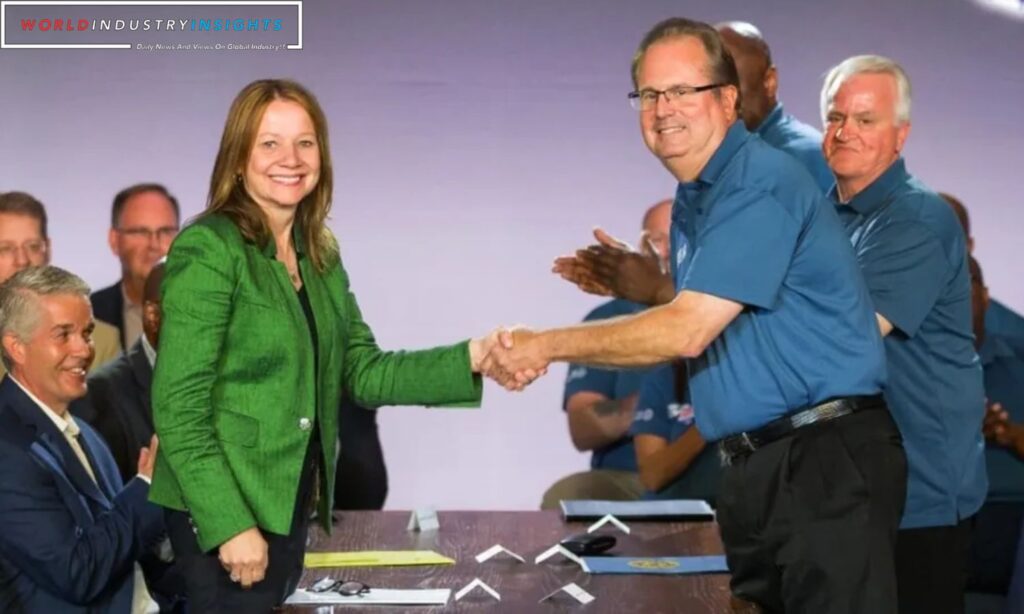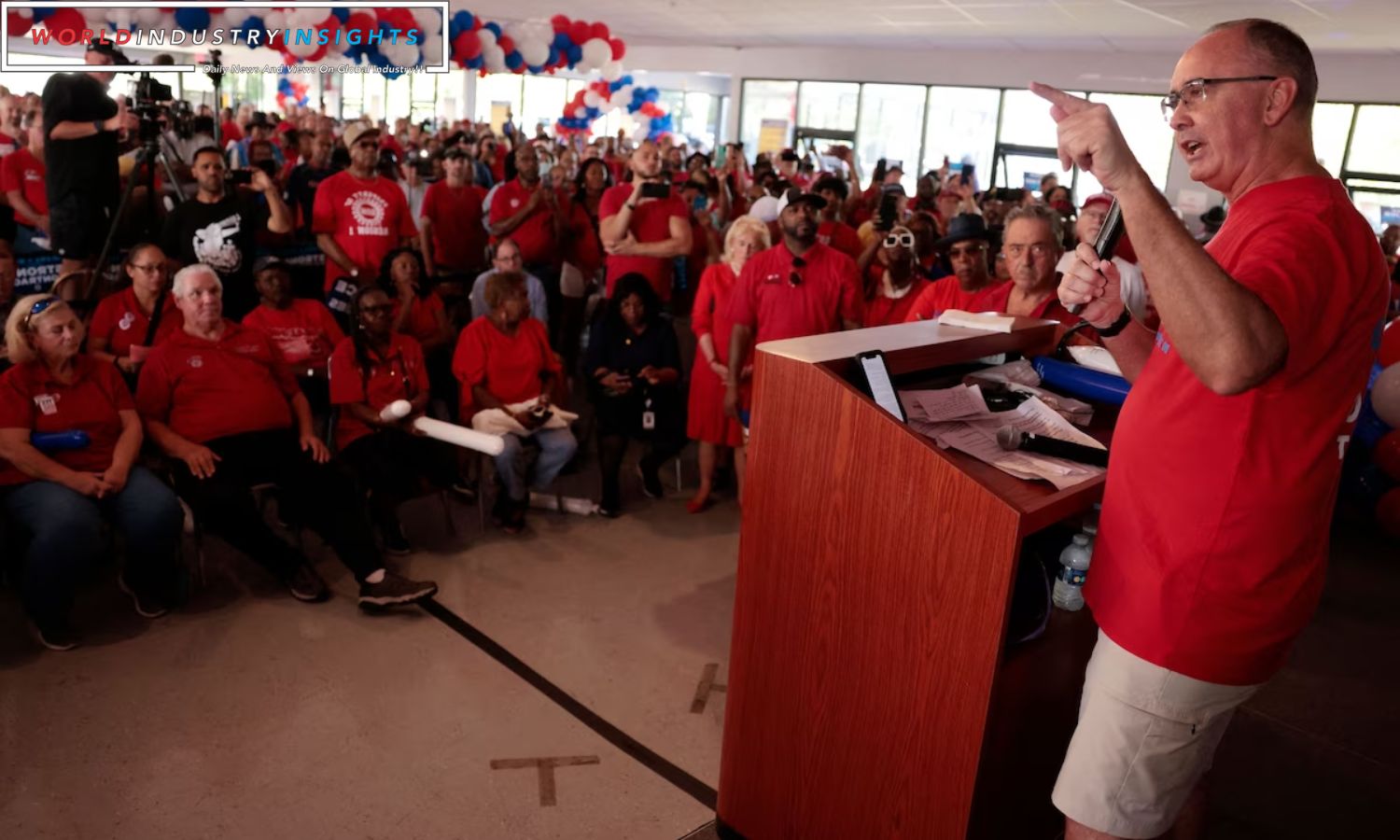Auto Industry Landmark Labor Agreement: General Motors (GM.N) and the United Auto Workers (UAW) have reached a tentative agreement, bringing an end to the union’s six-week-long, coordinated strike campaign. This labor action has resulted in record pay increases for employees at the Detroit Three automakers.
In a significant development, this agreement follows similar deals that the UAW recently secured with Ford Motor (F.N) and Stellantis, the parent company of Chrysler. These victories mark a turning point for auto workers who have endured years of stagnant wages and concessions following the 2008 financial crisis.
UAW President Shawn Fain expressed his belief that the strike had effectively maximized concessions from General Motors. He emphasized that both GM and the industry as a whole had underestimated the determination of the union and its members.
As part of the agreement, the UAW has officially suspended its strike against the Detroit Three. UAW local leaders will convene in Detroit to consider the deal with General Motors, with the intention of bringing the terms to all union workers for ratification.
GM’s CEO, Mary Barra, expressed her optimism about having all employees back to work across their operations. However, it’s worth noting that these new contracts will have a notable impact on the automakers’ costs. Some experts have suggested that these deals could pose challenges for the Detroit Three in competing with electric-vehicle leader Tesla (TSLA.O) and nonunion foreign brands like Toyota Motor (7203.T).

Also Read: Italy Auto Industry at a Crossroads: The EV Transition Challenge
Under the agreement with General Motors, the UAW secured a package of wage increases similar to those negotiated with the other two automakers. Pay for veteran workers will see a significant 33% increase, and GM will provide $2,500 in five payments to retirees through 2028. Notably, pension benefits emerged as a point of contention in the UAW’s negotiations with GM, primarily due to GM’s larger retiree population compared to Ford or Stellantis.
Fain attributed the success of these negotiations to the union’s decision to strike a key GM engine factory in Spring Hill, Tennessee, on Saturday, which he described as the decisive move that led to this agreement.
The contract also marks a reversal of General Motors’s previous efforts to create lower-paid groups of UAW workers in units such as component plants, parts warehouses, and electric vehicle battery operations. The agreement places workers at GM’s battery joint-venture with South Korea’s LG Energy under the national agreement, ensuring more equitable treatment.
Furthermore, the contract includes provisions to limit the use of lower-paid temporary workers, thereby putting an end to the creation of a “permanent underclass” of temporary workers at GM.
Notably, the UAW has gained more influence over the companies’ investment decisions, securing the right to strike over future plant closures. While all three companies have stated they do not plan to close existing factories as they shift to electric vehicles (EVs), the contract may compel them to keep unprofitable plants open during economic downturns or slow sales periods for new models.
The series of strikes that commenced on September 15 involved nearly 50,000 workers, significantly impacting the Detroit Three and their suppliers. This strategy of escalating strikes incurred significant costs for all parties involved.

UAW leaders have portrayed their contract negotiations as part of a broader movement to address economic challenges that working-class Americans have faced for decades. Analysts have echoed this sentiment, underscoring the broader implications of this labor agreement.
The new contract is expected to result in an estimated $7 billion in higher labor costs for GM over 4.5 years. Ford has also acknowledged an increase in labor costs, amounting to $850 to $900 per vehicle.
These higher costs could eventually be passed on to consumers, but automakers may face challenges in absorbing all these costs or may need to seek efficiencies in other areas. These developments could affect production, particularly in the segment of more expensive vehicles.
The UAW’s struggle received support from U.S. President Joe Biden and politicians from both parties, given its growing popularity with voters. As Michigan plays a pivotal role as a swing state in the 2024 presidential election, support for the union’s cause was a significant factor for UAW President Shawn Fain in providing his endorsement. It’s noteworthy that the UAW has not officially endorsed President Biden’s re-election.
In his statement, President Biden lauded this historic contract as a testament to the power of unions and collective bargaining in creating middle-class jobs and supporting iconic American companies.
This momentum toward labor agreements accelerated in recent weeks as UAW workers walked out at some of the world’s most profitable factories. The UAW eventually initiated strikes at nine plants, underscoring their determination and commitment to their cause. Fain summed it up, saying, “We have shown the companies, the American public, and the whole world that the working class is not done fighting. In fact, we’re just getting started.”

